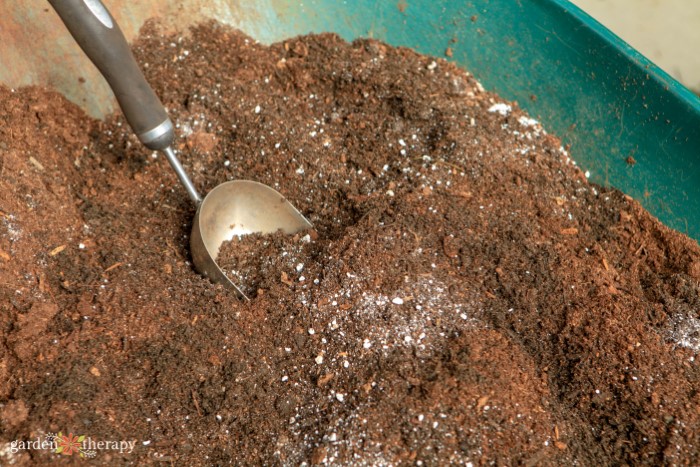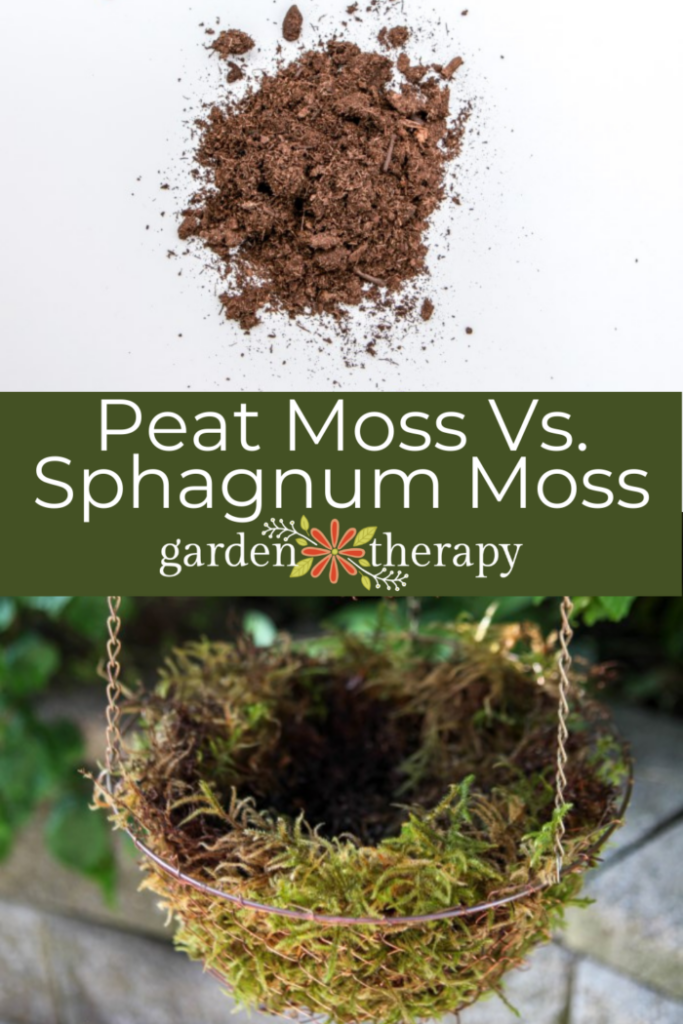When shopping in the soil section or looking for soil ingredients, you may become confused about the difference between sphagnum vs peat moss. They’re not one and the same! Let me set the record straight and break down the differences and when to use each.
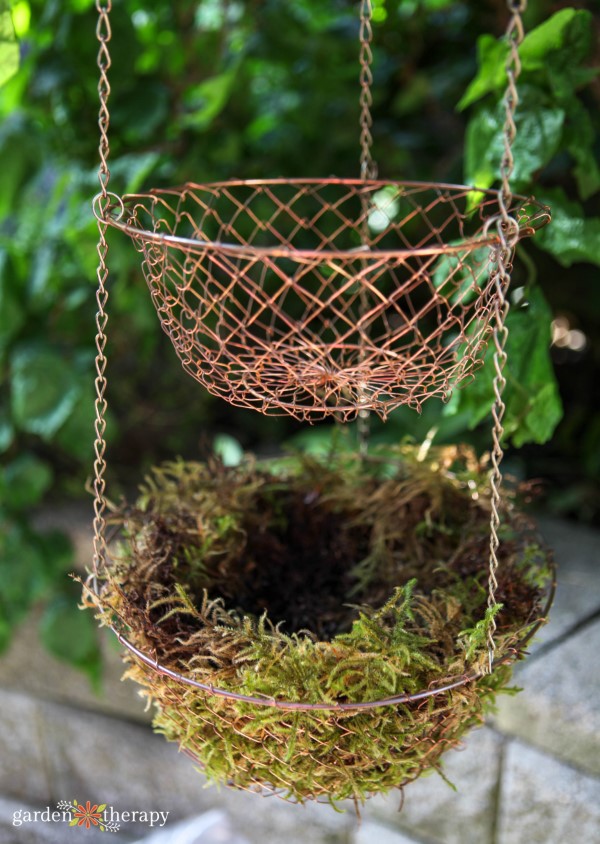
Is Peat Moss the Same as Sphagnum Moss?
Many people will use these terms interchangeably; I’ve certainly been guilty of this. The confusion makes sense since peat moss is often also called sphagnum peat moss. But just that one word of peat means very different things.
Both peat moss and sphagnum come from the same plants. Sphagnum actually refers to the genus of the plants, where there are over 380 species of sphagnum. However, the difference between sphagnum moss vs peat moss is the part of the plant being used.
Sphagnum moss is the top layer of moss, while peat moss is the layer of decomposed moss that’s been compressed.
Let’s break down each a little more!
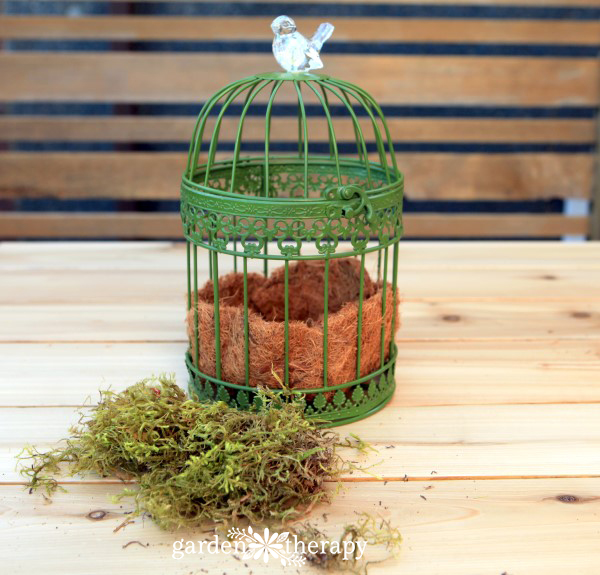
Sphagnum Moss
Sphagnum moss refers to many different sphagnum species. This moss grows on top of damp soil or a bog, thriving in wet climates. Most commercially harvested moss comes from Canada, New Zealand, Ireland, and Scotland.
The top layer of the moss is harvested, dried, compressed, and then bagged to be sold to us plant lovers. The texture of sphagnum moss is very light and fluffy. It almost feels like a sponge when wet. It can appear as varying shades of green, grey, and brown.
Sphagnum moss can take about 5-6 years to grow, so harvesting must be done carefully to avoid disrupting the surrounding environment.
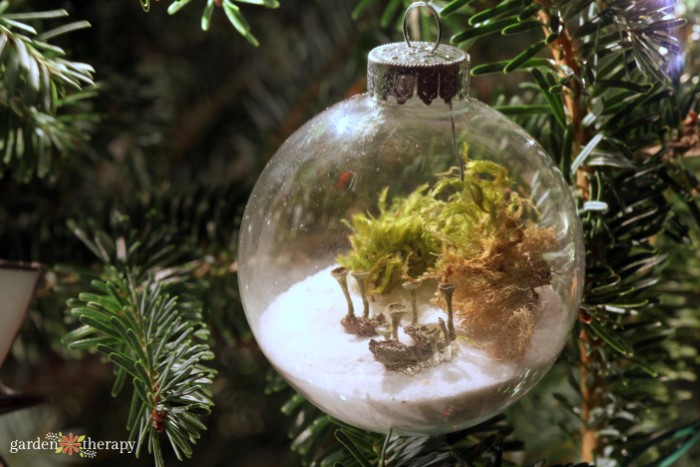
What do you use sphagnum moss for?
Sphagnum moss is usually sold as either long-fibered or milled. The long-fibre strands is the sphagnum moss in its natural form, while the milled is finely chopped moss. When you hydrate the moss, it greatly expands.
Many people use sphagnum moss for different applications. It’s common for indoor plants, especially aroid plants and orchids. It mimics their naturally moist and airy growing environment.
It’s also commonly used for terrariums, the backing of fresh wreaths, and to line hanging baskets.
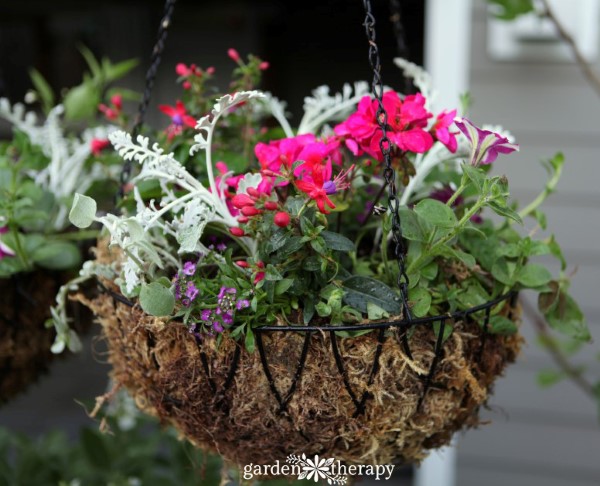
Peat Moss
Peat moss is decayed sphagnum moss and other decaying organic materials like surrounding plants, animals, and insects. The peat moss is harvested below the sphagnum moss, going to the deeper layers of those boggy environments.
Peat moss accumulates very slowly, taking upwards of thousands of years to make due to the lack of air to aid with decomposing. It compresses the moss, creating a very light and highly absorbent dirt-like soil amendment.
While a popular ingredient for commercially sold soil, there are many sustainability issues regarding peat. The very slow regeneration process makes it highly unsustainable. The peat moss also comes from highly sensitive ecosystems, and the complicated harvesting process often disrupts the local environment and releases tons of stored carbon.
I dive deeper into why peat isn’t a sustainable option in my soil recipes post if you want to learn more about why I don’t use it in my garden and try some peat-free recipes instead.
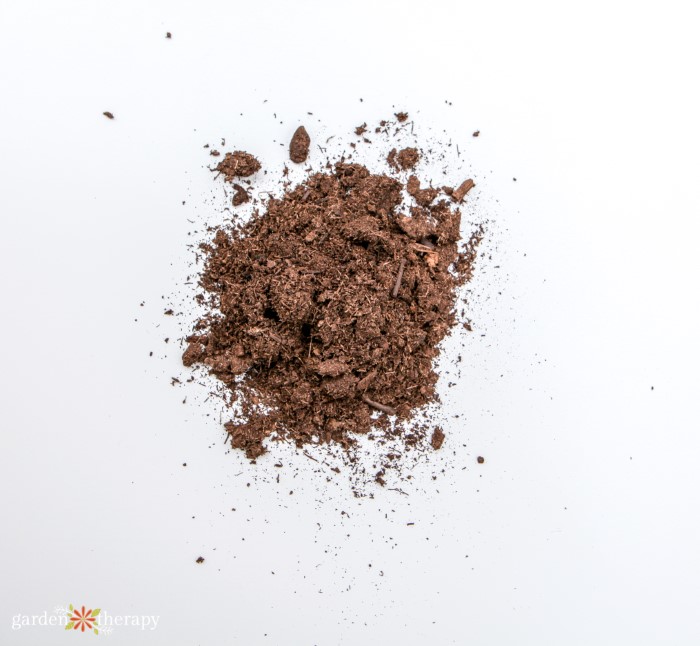
What do you use peat moss for?
Peat moss is mostly used for outdoor gardening rather than indoors. It’s often mixed into store-bought blends for both gardening beds and containers.
People love peat moss because it’s excellent at retaining moisture. Since it comes from this spongy moss that grows in wet climates, it helps soil that’s dry and also lacks airflow.
Peat moss is also very acidic, so it can help change your soil’s acidity.
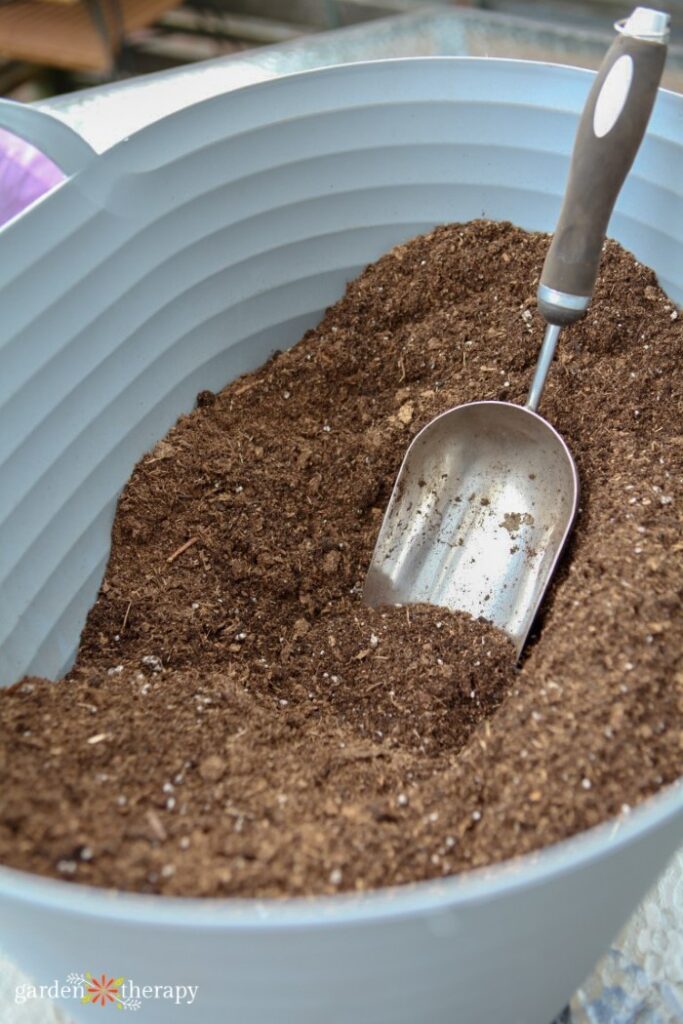
Sphagnum Moss vs Peat Moss
So which one is better for you? Let me break down the main positives and negatives of sphagnum moss vs peat moss.
Sphagnum Moss
- Neutral pH
- Excellent water retention (spongy)
- Great for seed-starting and aroid plants
- Lots of airflow
- Good for propagating
- Doesn’t contain significant nutrients. Must be combined with a material like leca.
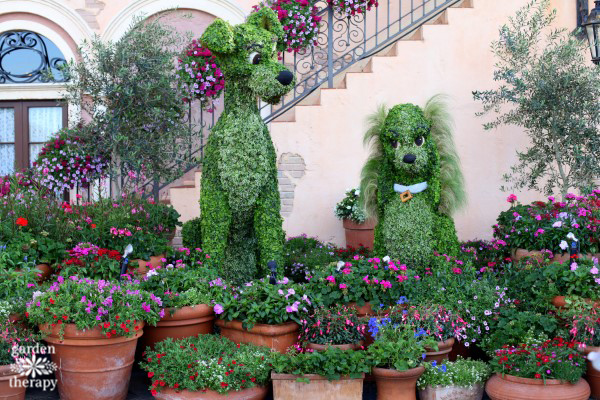
Peat Moss
- Inexpensive garden amendment
- Acidic pH. It may require lime for neutralizing.
- High in tannins
- Excellent water retention
- Major sustainability issues
- Needs rehydration or it makes soil stiff when dry.
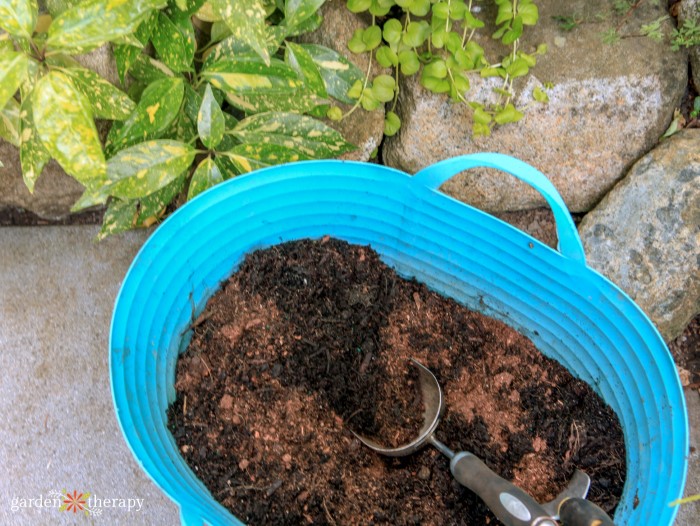
Frequently Asked Questions About Sphagnum Moss and Peat Moss
Sphagnum moss technically does decompose into peat moss, but it takes a long time. It’s very resistant to rotting since it has lots of airflow when used for plants and gardening.
However, sphagnum moss does soak up to 20x its water weight. When using it for the first time, hydrate it and let it sit for 15ish minutes. Then, squeeze out any excess water and avoid packing it too tightly.
These plants have very different applications. Sphagnum moss is great for adding water and airflow to roots but doesn’t provide nutrients. People use it for terrariums, hanging baskets, wreaths, propagating, and aroid plants.
Peat moss is commonly mixed with soil outdoors to increase water retention and acidity. Because peat moss has large sustainability issues, I don’t use it at all in my garden. There are many other soil amendments and soil recipes you can use instead.
